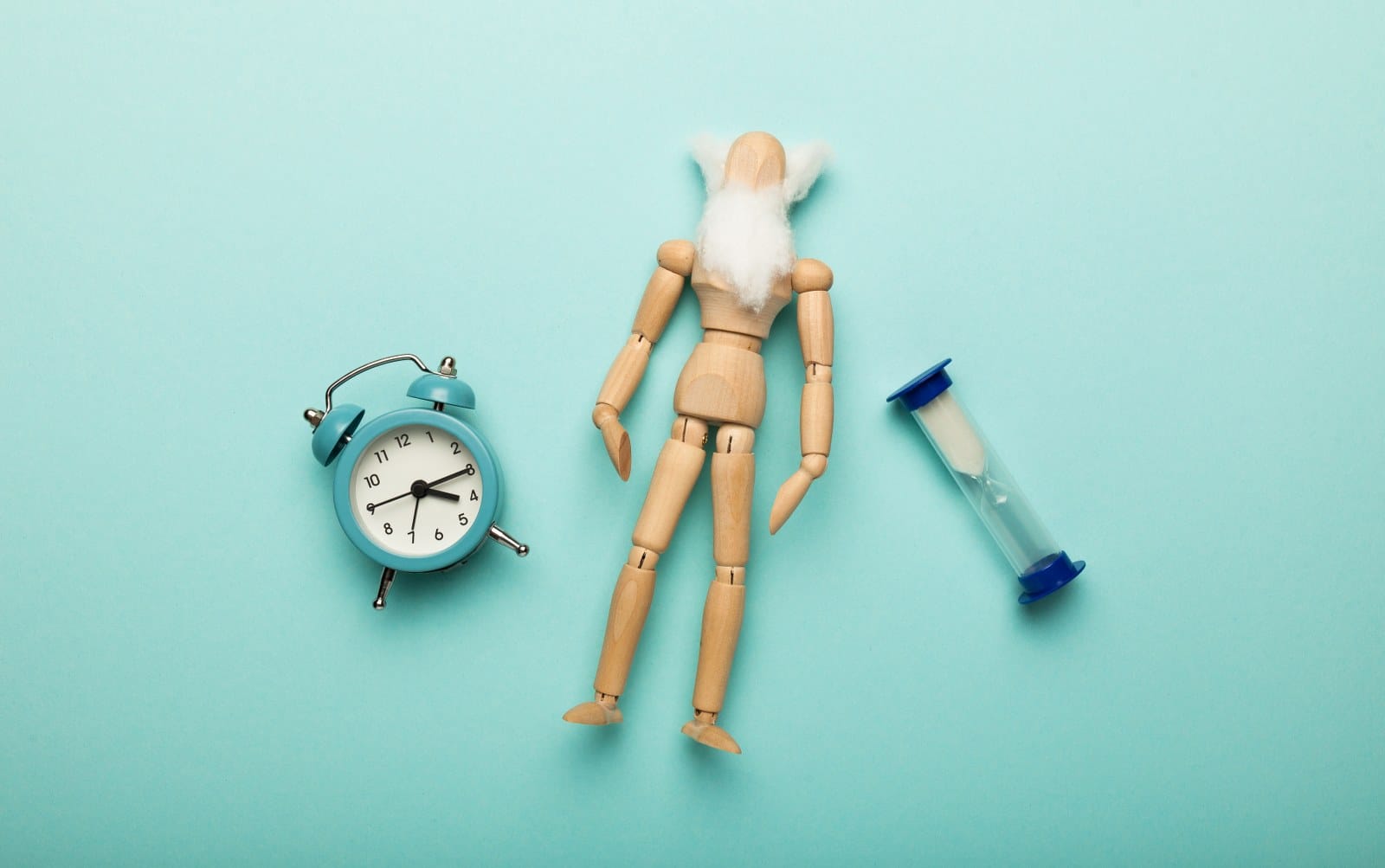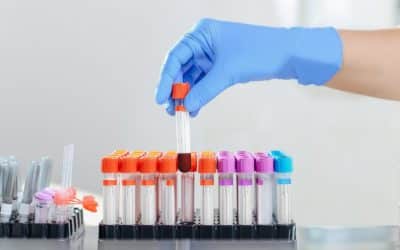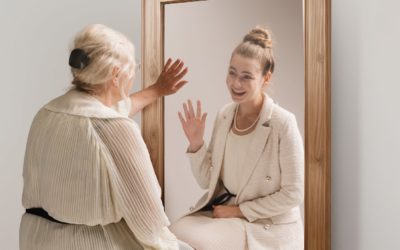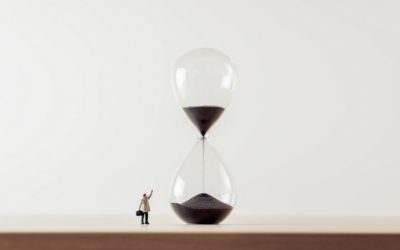
In this article, I talk about evolutionary reasons why aging exists. If you want to learn more about the mechanisms that cause us to age (e.g. epigenetic and mitochondrial damage), I refer to this page.
Myth 1: We age because inevitable wear and tear
Many people believe that we age because we wear out.
After all, our body must work continuously, day in and day out, for dozens of years, and that causes it to wear and tear. When we leaf through a standard medical handbook, we indeed encounter numerous diseases that appear to be the result of wear.
Take for example osteoarthritis, which is the wear and tear or degeneration of our joints. Dozens of years of walking and lifting are thought to be responsible for this inevitable erosion of our joints.
Another disease that appears to be due to wear and tear is narrowing of the blood vessels (atherosclerosis) due to the passage of all kinds of sticky debris (certainly after a visit to a fast-food restaurant). Although you can slow down this buildup with healthy eating, it is deemed as an inevitable result of the passage of time.
Or take dementia. Our brain consists of 86 billion brain cells that fire frantically at all times and will eventually suffer damage.
In short, the constant working of our body causes it to wear down, and aging is assumed to be the unavoidable result.
The interesting thing is that this is not really true. Aging is not simply a result of inevitable wear and tear.
Take, for example, mice and bats. Both animal species have a very fast metabolism. Metabolism is a collective term for all the processes in the body that allow the body to function: the beating of the heart, the contracting of muscles, the breathing, and the firing of nerve signals. Since mice and bats have a comparable metabolism, one would expect that they also wear and age at the same rate.
However, the average lifespan of a mouse is two years, whereas a bat can live to be 30 years old or more. Some bats have been found that were at least 40 years old.
In short, although mice and bats both have a very fast metabolism, these two species do not wear at the same rate. That means that the joints, heart, and brain of the bat wear fifteen times more slowly than do those of a mouse.
Obviously, nature has found a way to drastically slow down joint wear in bats, as well as the clogging of bats’ blood vessels and aging of the bat brain. It appears, therefore, that wear and tear is not simply inevitable but something that to a large extent can be controlled by nature.
Or take hummingbirds. A hummingbird can flap its wings a hundred times per second for many years, without developing osteoarthritis or joint wear. If people flapped their arms a hundred times per second, their joints would be worn down to the bone within a few hours. Hummingbirds can stave off the wearing out of their joints much better than humans.
By flapping its wings a hundred times per second, a hummingbird can fly from flower to flower at over 30 miles per hour to suck out the nectar. A hummingbird therefore needs a superfast metabolism: Its heart can beat up to 1,200 times per minute, compared to the human heart, which typically beats about 70 times per minute.
A hummingbird has a metabolism that is 100 times faster than that of an elephant. An elephant lives, on average, for 55 years. If the metabolism of a hummingbird is 100 times faster than that of an elephant, and if aging would be merely a result of wear and tear, one would expect a hummingbird to age 100 times faster than an elephant. In that case, the hummingbird would survive for only about six months (55 years divided by 100).
However, a hummingbird can live to be twelve years old—at least twenty times older than what we would expect based on its metabolism or on wear and tear.
In short, aging is not simply a matter of inevitable wear and tear. Mother Nature can determine how fast an animal species wears and how long it can live. If she wants to, she can even arrange for living creatures or cells to simply not wear, or age, at all.
Myth 2: Making room for younger individuals?

Another myth about aging is also a classic one. This myth originates with nineteenth-century German biologist August Weismann.
According to Weismann, aging exists because this process allows older animals to make room for younger animals.
There is, after all, only a limited supply of food and other resources available in nature. It is better to let an old animal—which has already been damaged during its life by broken bones; poorly healed wounds; damaged senses, such as having lost an eye in a fight; diseases; or accidents—age and die to make room for younger animals that are still fit and healthy.
Intuitively this argument may seem logical, but it is not true.
In the first place, why would nature prefer a brand-new animal to take the place of a damaged animal? From the point of view of energy, would it not be much more efficient to simply repair the damage to the existing animal?
It takes less energy—in the form of nutrition and bodily processes—to allow a broken bone to heal properly or even let an arm or tail that was bitten off grow back—as some lizards do or worms that have been cut in half and form new worms—than to make a new young animal grow from a microscopically small fertilized egg cell.
Mother Nature (read: the process of evolution) is very smart and a very good bookkeeper. In short, she could have designed better mechanisms to repair the damage to older animals instead of creating a completely new animal each time.
Another reason Weismann’s explanation is wrong is that this theory of aging does not explain why we grow older in the first place.
It is a circular argument, for Weismann argues that animals age because they need to make room for younger animals. But what if animals simply do not age at all? Then they would all stay young and fit and they would not have to make room for a new generation.
And finally, there is yet another important reason that Weismann’s theory does not make sense: In nature most animals die before they can grow old; that is, most mice, tigers, and pheasants have perished from disease, violence, or deprivation long before they could reach the age of retirement.
Why would older animals need to make room for younger ones when old age is so difficult to reach in nature?
In short, this theory did not square with the facts. In the decades following Weismann’s theory, numerous scientists racked their brains about the why of aging. Finally, in the mid-twentieth century, some interesting explanations came to the fore.
Read more here: Why do we age?




